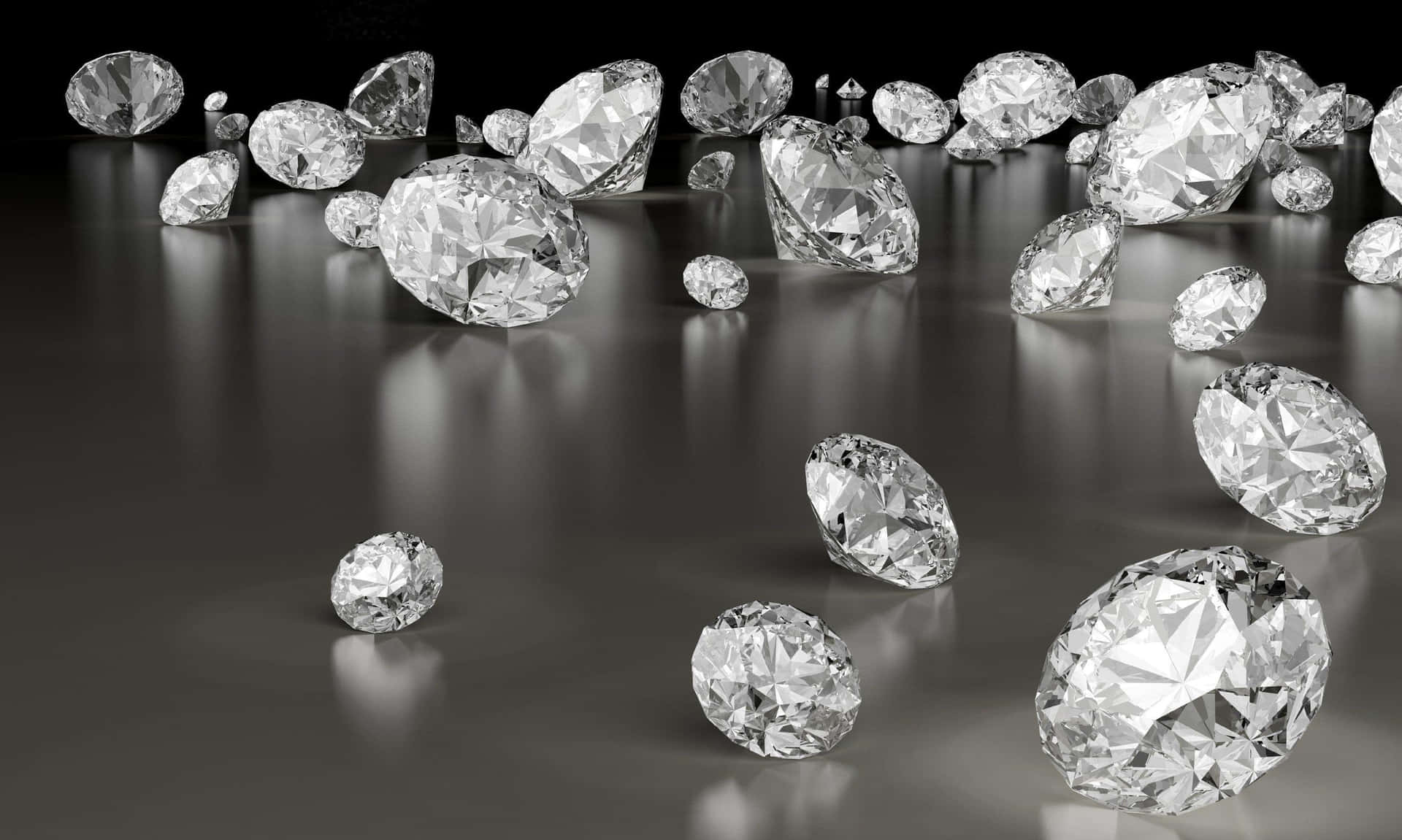In recent years, lab-grown diamonds have emerged as a groundbreaking alternative to natural diamonds, redefining the landscape of the diamond industry. These exquisite stones are not just an ethical choice; they also offer unparalleled value, versatility, and environmental sustainability. In this article, we will delve deep into why lab diamonds are the future are not only the future but also the superior choice for consumers.
Table of Contents
Understanding Lab-Grown Diamonds
Lab-grown diamonds, also known as synthetic diamonds or cultured diamonds, are created using advanced technology that replicates the natural diamond formation process. There are two primary methods for producing these gems: High Pressure High Temperature (HPHT) and Chemical Vapor Deposition (CVD).
HPHT mimics the extreme conditions under which natural diamonds form, utilizing high pressure and temperature to convert carbon into diamonds.
CVD, on the other hand, involves the deposition of carbon atoms onto a substrate, gradually forming diamond crystals.
Both methods yield diamonds that are chemically, physically, and optically identical to their mined counterparts. This similarity ensures that lab diamonds have the same brilliance and hardness, making them an excellent choice for all types of jewelry.
Ethical Considerations and Environmental Impact
One of the most significant advantages of lab-grown diamonds is their ethical appeal. Traditional diamond mining has often been associated with a myriad of ethical issues, including human rights abuses, exploitation of workers, and environmental degradation. In contrast, lab diamonds are created in controlled environments, ensuring that no harm comes to people or the planet.
Conflict-Free Assurance
Lab-grown diamonds come with a conflict-free guarantee, alleviating consumer concerns about “blood diamonds.” This assurance is paramount for conscientious consumers who prioritize ethical consumption. When purchasing a lab diamond, buyers can be confident that their choice supports a transparent supply chain.
Reduced Environmental Footprint
Lab diamonds also boast a significantly lower environmental footprint compared to mined diamonds. The mining process can cause substantial disruption to ecosystems, including deforestation, soil erosion, and water contamination. In contrast, lab-grown diamonds use far less land and water, presenting a more sustainable option for eco-conscious consumers.
Quality and Value
Lab-grown diamonds are often 30-40% cheaper than natural diamonds, providing exceptional value without compromising on quality. This price difference allows consumers to invest in larger or higher-quality stones, enabling them to achieve their desired aesthetics at a fraction of the cost.
Superior Selection and Customization
When it comes to selection, lab grown diamonds offer a vast array of options. Consumers can choose from a variety of shapes, sizes, and colors, allowing for tailored choices that reflect personal style. Additionally, many retailers provide customization options, enabling customers to create one-of-a-kind pieces that are as unique as they are beautiful.
Certification and Transparency
Just like natural diamonds, lab-grown diamonds can be certified by reputable organizations, such as the Gemological Institute of America (GIA) and International Gemological Institute (IGI). This certification process ensures that consumers receive high-quality products, complete with information about their cut, color, clarity, and carat weight.
Lab Diamonds in Jewelry Trends
The versatility of lab diamonds has spurred their popularity across various jewelry trends. From engagement rings to fashion jewelry, these diamonds are redefining how we perceive luxury.
Engagement Rings: A Modern Choice
Lab-grown diamonds have become increasingly popular for engagement rings. Many couples appreciate the opportunity to choose a stunning, ethically sourced stone that fits their budget. The growing acceptance of lab diamonds signifies a shift in consumer mindset, with many recognizing that the value of love and commitment far outweighs the origin of the diamond.
Fashion and Statement Pieces
Beyond engagement rings, lab diamonds are making waves in fashion jewelry. Their affordability and variety make them perfect for statement pieces and everyday wear. Designers are now incorporating lab diamonds into innovative designs, ensuring that these gems appeal to a broad audience.
The Future of Lab Diamonds
The future of lab-grown diamonds is bright. As technology continues to advance, the production of lab diamonds is expected to become even more efficient, further driving down costs and increasing accessibility. Additionally, the growing awareness and acceptance of lab diamonds among consumers will likely enhance their market presence.
Market Growth and Consumer Education
Recent studies suggest that the lab-grown diamond market is poised for exponential growth, with projections indicating a market size of $15 billion by 2030. As more consumers become educated about the benefits and ethical implications of lab diamonds, demand is likely to surge. Retailers are also playing a crucial role in this shift by providing comprehensive information and transparent sourcing practices.
Conclusion: Embracing the Future of Diamonds
In conclusion, lab diamonds represent not just an innovative alternative to natural diamonds, but a movement towards a more ethical, sustainable, and affordable future in the jewelry industry. By choosing lab-grown diamonds, consumers can enjoy the same beauty and durability as mined diamonds while making a positive impact on the world.
As we move forward, it is essential to continue educating ourselves and others about the advantages of lab diamonds. By embracing this new standard, we can celebrate love and commitment in a way that aligns with our values and aspirations for a better planet.
